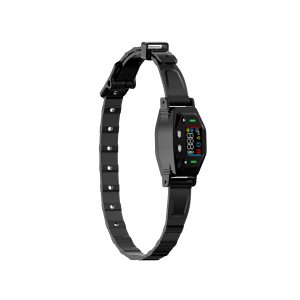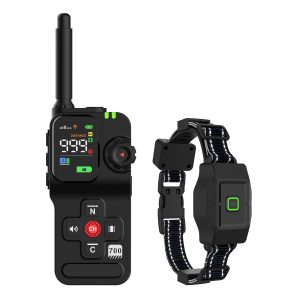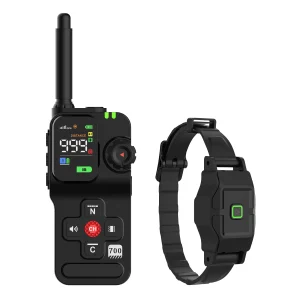Will a Wireless Dog Fence Work in Winter?
Many dog owners wonder whether a wireless dog fence is effective during the colder months. Winter brings its own set of challenges, from snow barriers to frozen ground. Let’s dive into whether you can rely on a wireless dog fence for your pet’s safety during winter.
Understanding Wireless Dog Fences
Wireless dog fences use a radio signal to create a boundary for your furry friend. They are popular for their ease of installation and portability. However, how well do they perform when the temperature drops?
Winter Considerations
During winter, snow can interfere with the radio signals of a wireless fence. The distance may be shorter, reducing the effectiveness of the boundary. Additionally, frozen ground can make it harder to secure the fence properly.
Tips for Winter Usage
To make a wireless dog fence work in winter, consider these tips:
- Clear snow around the fence area regularly.
- Check the signal strength more frequently.
- Use additional markers to make the boundary more visible.
Alternative Solutions
If you have concerns about using a wireless dog fence in winter, consider other options like traditional fences, outdoor shelters, or supervised playtime.
Conclusion
While wireless dog fences can work in winter with proper care and adjustments, it’s essential to consider the unique challenges of the season. Keep your furry companion safe and happy, regardless of the weather!




